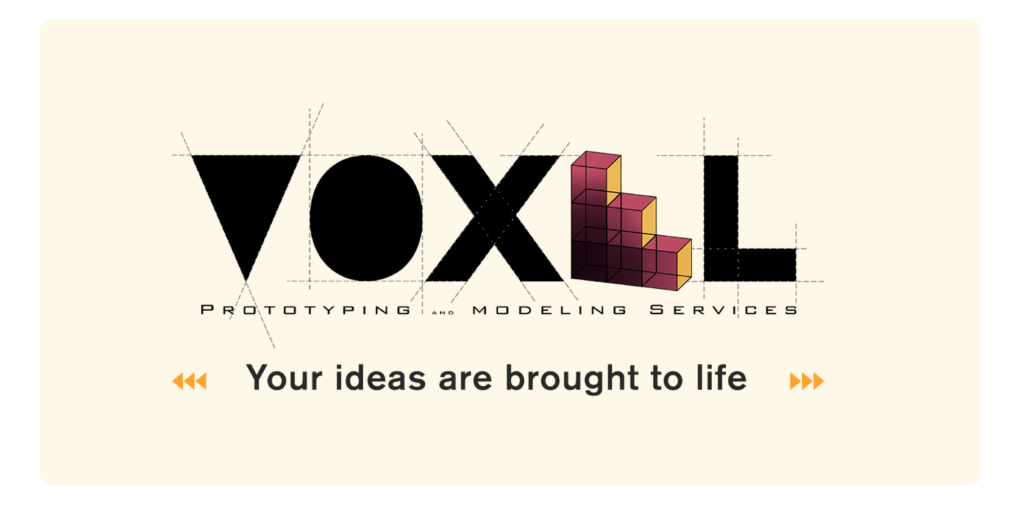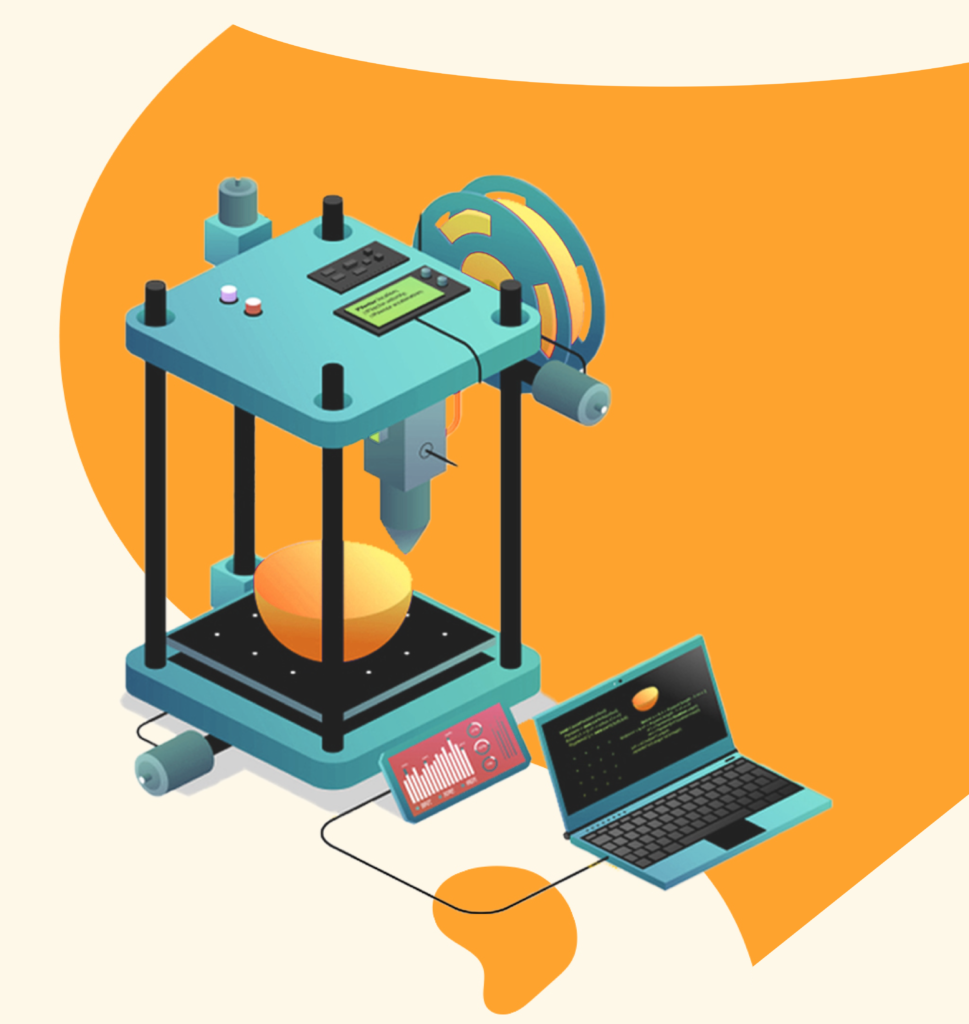
4ᵗʰ Industrial Revolution Impact On Education
Engaging Classrooms
With the 3D printing revolution, teachers can now use technology to create more interactive and engaging classrooms, preparing students for their post-graduate aspirations.
Transforming Education
3D printing technology is becoming increasingly popular in the educational setup as it is more economical and widely available, enabling students to develop essential skills for the 21st century.
VOXEL VISION
We believe that only innovators, makers, and dreamers have the ability to build a better future and world. That’s why VOXEL’S primary mission is to unleash its potential through extraordinary technology such as additive manufacturing.
What’s VOXEL Educational?
- Hands-on learning
- Encourages students to think creatively
- A collaborative process, with students working together to design, create and modify objects.

What Role Does 3D Printing Play in Education?
Three-dimensional printing can be put to good use in the classroom in the following four ways:
1
2
3
4
What is the STEAM Coursework?
STEAM education builds upon STEM education and incorporates the arts into its educational philosophy .The concept behind STEAM is that it applies the arts to these four disciplines to generate new approaches to problem-solving, innovation, and information presentation.
The Next Generation Science Standards, sometimes known as NGSS, are subject standards for science that are applicable to grades K-12. The purpose of standards is to define what pupils should be able to accomplish and know. (NGSS) were designed by numerous creative teachers to improve science education for all learners.
The NGSS was developed with the intention of creating a set of research-based, current science standards for grades K-12 students. With these guidelines, teachers in the community can come up with lesson plans that appeal to children' natural curiosity about science while also preparing them for higher education the workforce, and civic responsibilities.
